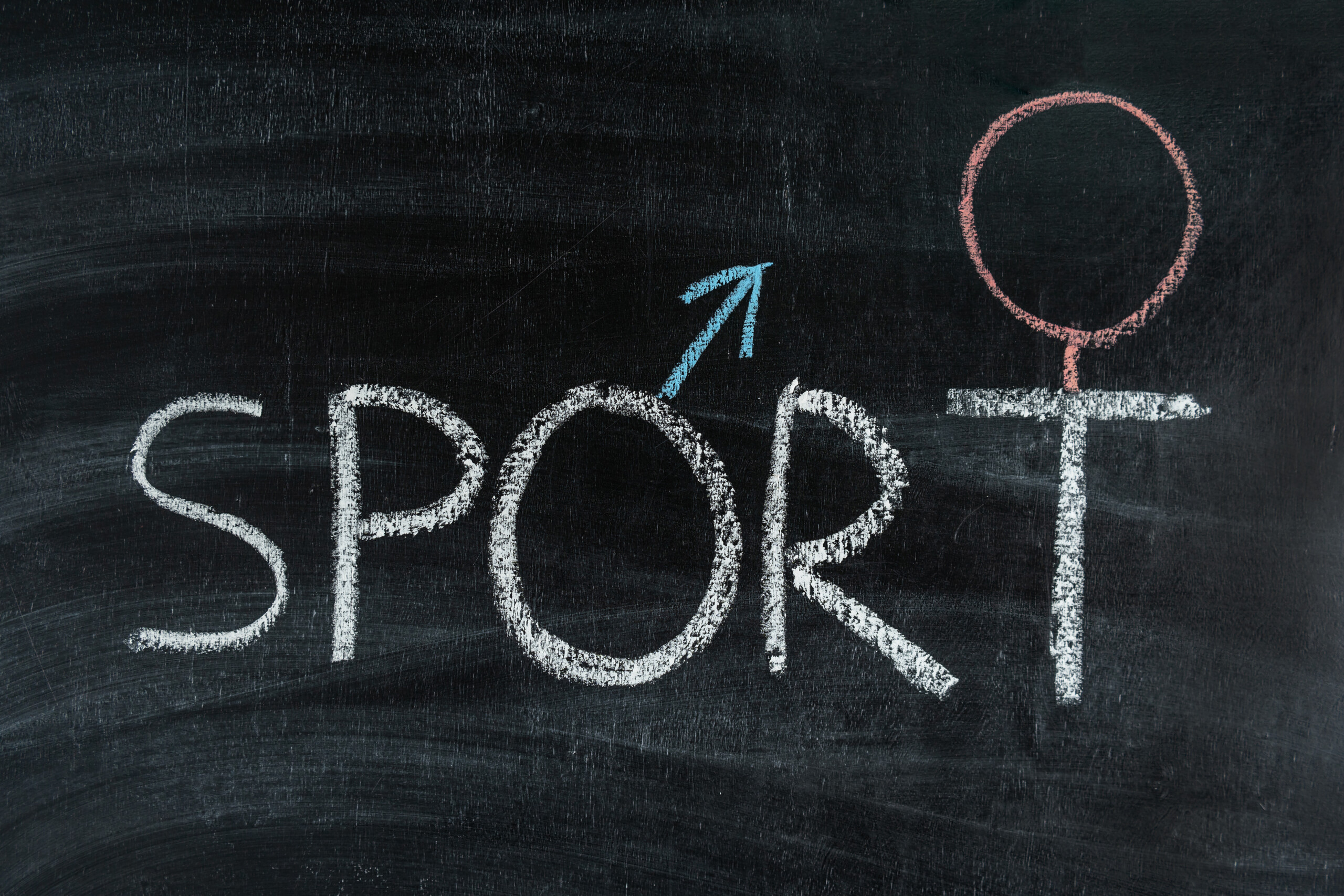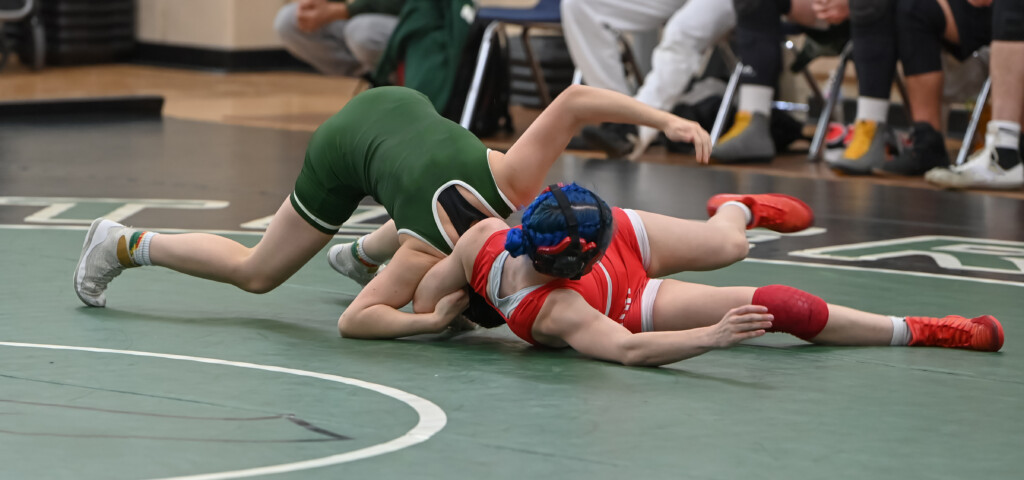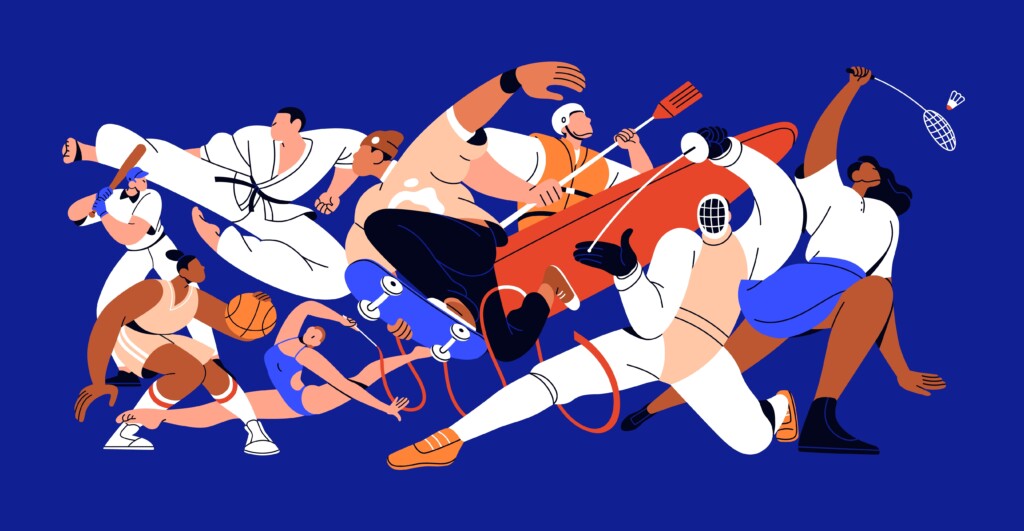Understanding the capacity of national sport organizations (NSOs) for gender equity: Recommendations for NSO Leaders and Policy Directors
March 18, 2024
As leaders of amateur sport in Canada, national sport organizations (NSOs) are tasked with addressing gender equity and increased engagement of women and girls. NSO leaders may focus their efforts through new policies, initiatives or programs, but their ability to successfully develop and implement these new ideas is dependent on their organization’s capacity to do so. With the Canadian government focused on achieving gender equity in sport by 2035 (Government of Canada, 2021), now more than ever, sport leaders need to identify and evaluate the capacity of their organizations to engage women and girls in sport.
This article introduces organizational capacity, provides a framework for NSOs to evaluate their capacity, and concludes with recommendations to achieve gender equity goals.
Organizational capacity
Capacity is an organization’s ability to draw on and utilize any and all available resources to meet its goals (Hall et al., 2003; Misener & Doherty, 2009; Patil & Doherty, 2023). An organization has multiple capacities:
- Human resources: The ability to use the skills and competencies of staff and volunteers in an organization.
- Financial: The ability to generate and access funds.
- Relationships and Network: The ability to draw on partners for financial and non-financial resources.
- Infrastructure and Process: The ability to draw on the culture, processes, and systems in an organization.
- Planning and Development: The ability to draw on strategic and long-term plans for goal achievement.
Together, these 5 dimensions, which are interconnected and impact each other in different ways, can be used to describe an organization’s ability to achieve its goals. For example, human resources capacity may be impacted by an organization’s ability to draw on sufficient funds to hire, train and retain staff. Human resources capacity may also influence an organization’s ability to build and maintain relationships that are fundamental to its relationship or network capacity.
Additionally, factors from the external environment may impact any or all of the capacity dimensions. These include environmental constraints and facilitators, access to resources such as volunteers or technology, and historical activities, norms, and behaviours in an organization.
Critical elements of organizational capacity for gender equity

It is important to identify elements within the capacity dimensions that are critical for gender equity. We completed interviews with 15 NSO staff and board members involved in the development or implementation of gender equity initiatives in 3 NSOs from January to March 2018.
Based on these interviews, we identified the critical elements for gender equity within the capacity dimensions of organizational capacity, summarized in Table 1. Some elements were common across NSOs, while others were specific to 1 or 2 NSOs. Similarly, some elements were strengths and helped NSOs, while others were limitations and challenged the organizations in their efforts for gender equity.
Table 1: Critical Capacity Elements for Gender Equity
|
Capacity Dimension |
Critical Elements |
|
Human Resources |
|
|
Finances |
|
|
Infrastructure and Process |
|
|
Planning and Development |
|
|
Relationships and Network |
|
Human resources: Knowledgeable, experienced, and committed staff and leaders were strengths and helped the NSOs develop and implement their initiatives. NSOs were challenged by insufficient staff and volunteers dedicated to the initiatives. This limited their ability to support PSOs in understanding the importance of the initiatives and develop educational material related to the initiatives.
Financial: A dedicated line item in the budget was a strength as it helped earmark funds specifically for the initiatives and related programming. (In)Sufficient and irregular funding was a weakness as it restricted the NSOs in hiring adequate staff, developing resources and marketing campaigns, and supporting PTSOs with the initiatives. One NSO implemented a pay-by-user system, where program participants paid a fee to receive training and education, and these monies supported the operational costs of the program.
Infrastructure and process: A culture of collaboration was a strength because it allowed NSO staff to work on the initiatives and related programming with a team-based approach. Communication was another important element, but a challenge. NSOs were challenged financially in conveying the intent and relevance of the initiatives, building awareness, and educating stakeholders involved in implementation. Having a governing board was a strength because it facilitated the use of diverse skills and experiences of board members to ratify policies in support of the initiatives. Operations and technology were strengths in streamlining processes such as sponsorships and maintaining a database of relevant resources. Finally, quality facilities were crucial to deliver programming related to the initiatives.
Planning and development: Inclusion of the gender equity initiative in the NSO’s strategic plan was a strength. This allowed the NSOs to share their vision of providing opportunities to women and girls in sport. Long-term planning was a challenge, and this was attributed to the NSOs giving priority in terms of staff and resources to short term goals like planning international events.
Relationships and network: Advice and non-financial resources sourced from other sport organizations and multi-sport organizations (MSOs) were a strength and provided the NSOs with a pathway and educational materials and tools in support of their gender equity initiatives. The need to reshape or tailor these materials to their respective organizations was a challenge. Relationships with other NSOs engaged in similar initiatives were a bonus and helped with cost-sharing program-related expenses and evaluating their programs. Relationships with PSOs were critical to implement initiatives across different levels of the sport, but this was a challenge if the PSOs lacked the capacity for delivery.
Environmental factors that may impact organizational capacity for gender equity

Table 2 shows several environmental factors that we identified through our interviews with NSO staff and board members. Some factors impacted 1 or more capacity dimensions. Some factors were common across NSOs, while others were specific to 1 or 2 NSOs.
Table 2: External Factors
|
Factor |
Element Identified |
|
Environmental Constraints and Facilitators |
|
|
Access to Resources |
|
|
Historical Factors |
|
Environmental constraints and facilitators: Different aspects of the Canadian sport system facilitated and constrained NSO pursuit of gender equity. We identified pressure and expectations among sport organizations to pursue gender equity as a positive and driving force for the organizations to address gender equity and specifically include the initiative in their strategic plan. This was compromised by the challenges of working with other levels on the delivery of national sport initiatives owing to different priorities at the national, provincial, and community levels of sport.
We also found the political climate in Canada (i.e., the opinions and priorities of the current government, and particularly its focus, or not, on gender equity) to be a constraining force. This is because the uncertainty about whether a focus on gender equity and related funding would be continued was a concern for NSOs and their financial capacity to maintain programming.
In addition, the size of the country limited one NSO’s ability to effectively communicate the importance of the new policy in person across the provinces through face-to-face meetings. Climate change was a constraint for another NSO, where uncertainties in the weather and climate challenged their ability to make long-term plans for hosting events to support the increased engagement of women.
Access to resources: Capacity for gender equity initiatives was influenced by the availability of avenues to get additional funding for such initiatives. Specifically, the limited availability of discretionary funds from sponsors and donors and competition with other NSOs for these resources limited the NSOs’ capacity to plan for and implement their gender equity initiatives.
We also found that access to volunteers challenged NSOs in their capacity to plan for and draw on sufficient volunteers to implement their gender equity initiatives.
Historical factors: An underlying commitment to, and accountability for equity was a fundamental organizational value across the NSOs, influencing the dedication of funding to their gender equity initiatives and its prominence in their strategic plan. This was held back by the larger number of men in coaching and administrative positions. This imbalance in key decision-making positions in NSOs was identified as a factor in the slow development and movement towards planning for gender equity.
Recommendations for NSO leaders and sport administrators to advance gender equity:
- Use the process detailed in this article to audit the capacity of their organizations. This may help NSO leaders identify organizational assets, so they may approach investing in women and girls from a position of strength. It may also help them identify areas that need to be built up, so they can engage in capacity building to address those limitations (Millar & Doherty, 2016).
- The capacity of NSOs can vary based on different aspects of the organization. What works for 1 organization may not work for another. NSO leaders must be cognizant of this when developing and implementing initiatives.
- Capacity is multi-dimensional, and so, it is not just people or finances that make a difference to achieving gender equity. NSO leaders must consider all 5 capacity dimensions, as well as external factors and their potential impact on gender equity outcomes.
- The value of skilled, knowledgeable, and committed staff and leaders is crucial to advancing gender equity. It is imperative to support implementation of programs and policies related to gender equity with staff and volunteers who are dedicated to the initiatives.
- A dedicated line item in the budget and employing creative ideas (for example, a pay-by-user system) can ensure sustained financial commitment towards gender equity initiatives.
- A collaborative culture, communication, and education around the importance of gender equity initiatives, standardized processes, technology, and facilities can all make a difference in successfully delivering gender equity initiatives.
- NSO leaders must develop a long-term plan and strategic focus on the initiatives to ensure their success and viability. Also, NSO leaders must identify specific goals and objectives for the initiatives and objectives and use performance indicators to track their progress.
- Relationships with other sport organizations, particularly for planning, cost-sharing, and evaluating effectiveness can help support the successful implementation of gender equity initiatives. Relationships with MSOs can be beneficial to access educational materials and toolkits.
- NSO leaders must consider the role of external factors such as the Canadian sport system, the political climate in Canada, and sustained dominance of men in leadership roles, and their potential impact on any of the capacity dimensions.
Recommendations for Sport Canada and Multi-Sport Organizations

- Expectations from NSOs to meet directives from Sport Canada and multi-sport organizations that promote gender equity should be tempered with the understanding that implementing gender equity initiatives in support of engaging women and girls in sport is a complex endeavour.
- A ‘one-size fits all’ approach does not work for NSOs (Clutterbuck & Doherty, 2019). NSO capacity can vary based on the size of the organization, number of staff and volunteers available, finances, and other factors. This should be considered when directing NSOs to address gender equity.
- A formal initiative may be put in place that helps NSOs build relationships with other NSOs for sharing programming resources.
- Extra funding should be made available specific to gender equity to help NSOs develop educational and other supporting material and give initiatives and programming their due priority.
Addressing gender equity in sport is important. Canadian NSOs must find meaningful ways to engage women and girls through programs, policies, and initiatives that help improve access and opportunities. Their ability to do so is reliant on their capacity.
Using the framework presented in this article, NSO leaders can evaluate the capacity of their organizations and approach the development and implementation of gender equity programming from a position of strength. Finally, they can engage in capacity building to ensure limitations are addressed, so initiatives can be successful and viable in the long run.
About the Author(s)
Swarali Patil is a Lecturer (Assistant Professor) in the Sport Policy Unit at Manchester Metropolitan University. Her research broadly focuses on advancing opportunities for women and understanding women’s experiences in sport. Swarali completed her MA and PhD at Western University in London, Ontario, and currently lives and works in Manchester, U.K.
Alison Doherty is a Professor in the School of Kinesiology at Western University in London, Ontario. Her research interests include the management of community level sport, volunteerism in sport organizations, organizational capacity, and group and non-profit sport board dynamics, safe and inclusive sport, and physical activity. Alison competed in the heptathlon and represented Canada at the Commonwealth Games and is currently the assistant high jump coach for the Western Track & Field team.
References
Clutterbuck, R. and Doherty, A. (2019). Organizational capacity for domestic sport for Development. Journal of Sport for Development, 7(12), 16–32.
Government of Canada (2021). Supporting gender equality in sport. Retrieved November 4, 2022, from https://www.canada.ca/en/canadian-heritage/news/2021/07/supporting-gender-equality-in-sport.html.
Hall, M.H. et al. (2003). The capacity to serve: a qualitative study of the challenges facing Canada’s nonprofit and voluntary organizations. Canadian Centre for Philanthropy (distributor), Toronto, ON. Available from: http://sectorsource.ca/ sites/default/files/resources/files/capacity_to_serve_english.pdf.
Millar, P., & Doherty, A. (2016). Capacity building in nonprofit sport organizations: Development of a process model. Sport Management Review, 19(4), 365-377.
Misener, K., & Doherty, A. (2009). A case study of organizational capacity in nonprofit community sport. Journal of Sport Management, 23(4), 457-482.
Patil, S., & Doherty, A. (2023). Capacity for gender equity initiatives: a multiple case study investigation of national sport organisations. International Journal of Sport Policy and Politics, 1-19.
The information presented in SIRC blogs and SIRCuit articles is accurate and reliable as of the date of publication. Developments that occur after the date of publication may impact the current accuracy of the information presented in a previously published blog or article.
